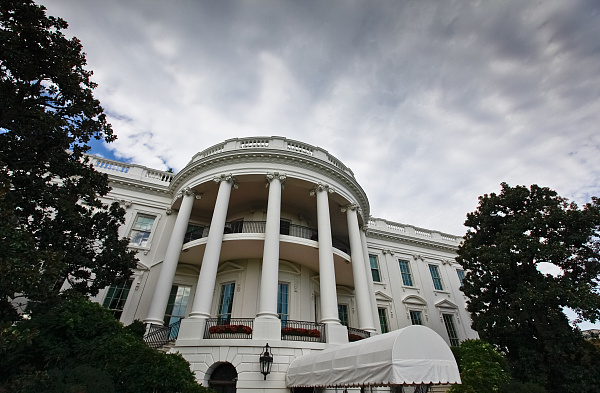
Recently, the Federal Reserve issued its clearest "interest rate cut signal" to date, sparking high attention and widespread discussion in financial markets. This signal suggests that the Federal Reserve may take interest rate cuts in future monetary policy meetings to address the current economic environment and potential economic downturn risks in the future.
In recent statements and public speeches, the Federal Reserve has explicitly stated that it will adjust its monetary policy based on economic data and prospects, with interest rate cuts being one of its considered options. Here are several key points for the Federal Reserve to signal interest rate cuts: Firstly, the economic growth rate is slowing down. The Federal Reserve pointed out that recent economic data indicate that the growth rate of the US economy has slowed down, especially in the manufacturing and investment sectors. Although consumer spending remains stable, ongoing economic uncertainty may put pressure on future economic growth. Secondly, inflation is sluggish. The Federal Reserve believes that the current inflation level is still below its 2% target, and despite the strong performance of the labor market, inflationary pressures are still insufficient. This provides space for the Federal Reserve to consider interest rate cuts to stimulate demand and drive inflation back up. Finally, global economic risks. The Federal Reserve mentioned that the slowdown in global economic growth and increased geopolitical risks pose external pressure on the US economy. Global trade tensions and other risk factors may further affect US exports and investments.
After the signal of interest rate cut was released, the US stock market showed a positive reaction. Investors expect that interest rate cuts will reduce corporate financing costs, promote investment and consumption, and thus drive economic growth. The treasury bond market also reflects the expectation of interest rate reduction. The decline of long-term bond yields indicates that the market's expectation of future interest rate levels has declined. After the signal of interest rate cut was released, the US dollar exchange rate weakened, and the market expected that the interest rate cut would weaken the attractiveness of the US dollar, leading to a decline in the exchange rate of the US dollar against other major currencies.
It can be seen that if the Federal Reserve ultimately decides to cut interest rates, it will promote economic growth by reducing borrowing costs and stimulating investment. However, the effectiveness of interest rate cuts also depends on other economic policies and the global economic environment. The initial interest rate cut drives inflation to rebound, helping the Federal Reserve achieve its 2% inflation target. However, excessive interest rate cuts may pose a risk of inflation rising too quickly, and the Federal Reserve needs to find a balance between stimulating the economy and controlling inflation. Meanwhile, the Federal Reserve's decision to cut interest rates may have spillover effects on the global economy, particularly on emerging market economies. Interest rate cuts may lead to capital flowing into markets outside the United States, affecting global capital flows and financial stability.
Faced with signals of interest rate cuts from the Federal Reserve, investors and policymakers should closely monitor future economic data, including key indicators such as employment, inflation, consumption, and investment, to evaluate the economic situation and the effectiveness of monetary policy; Develop diversified investment strategies to cope with market fluctuations and policy changes. Diversified investment can reduce the risk of a single market or asset, enhance the stability and returns of investment portfolios; The Federal Reserve should continuously evaluate the effectiveness and adaptability of its monetary policy tools to ensure that policy measures can effectively respond to economic changes. A diversified combination of policy tools helps to enhance the flexibility and efficiency of monetary policy.
Against the backdrop of increasing global economic uncertainty, countries should strengthen international cooperation, jointly address economic challenges, coordinate economic policies and financial regulation, and maintain economic stability and sustainable growth.

Below is the English translation of the text, with precise handling of political terms, consistent sentence structures, and preservation of the original’s analytical tone and logical flow:
Below is the English translation of the text, with precise …
On December 15 local time, Trump took the British Broadcast…
In recent years, the application of artificial intelligence…
According to Yahoo US media reports, the recent remarks of …
After 11 years of waiting in the deep sea, we finally have …
On December 17, 2025, the newly renovated American "Preside…